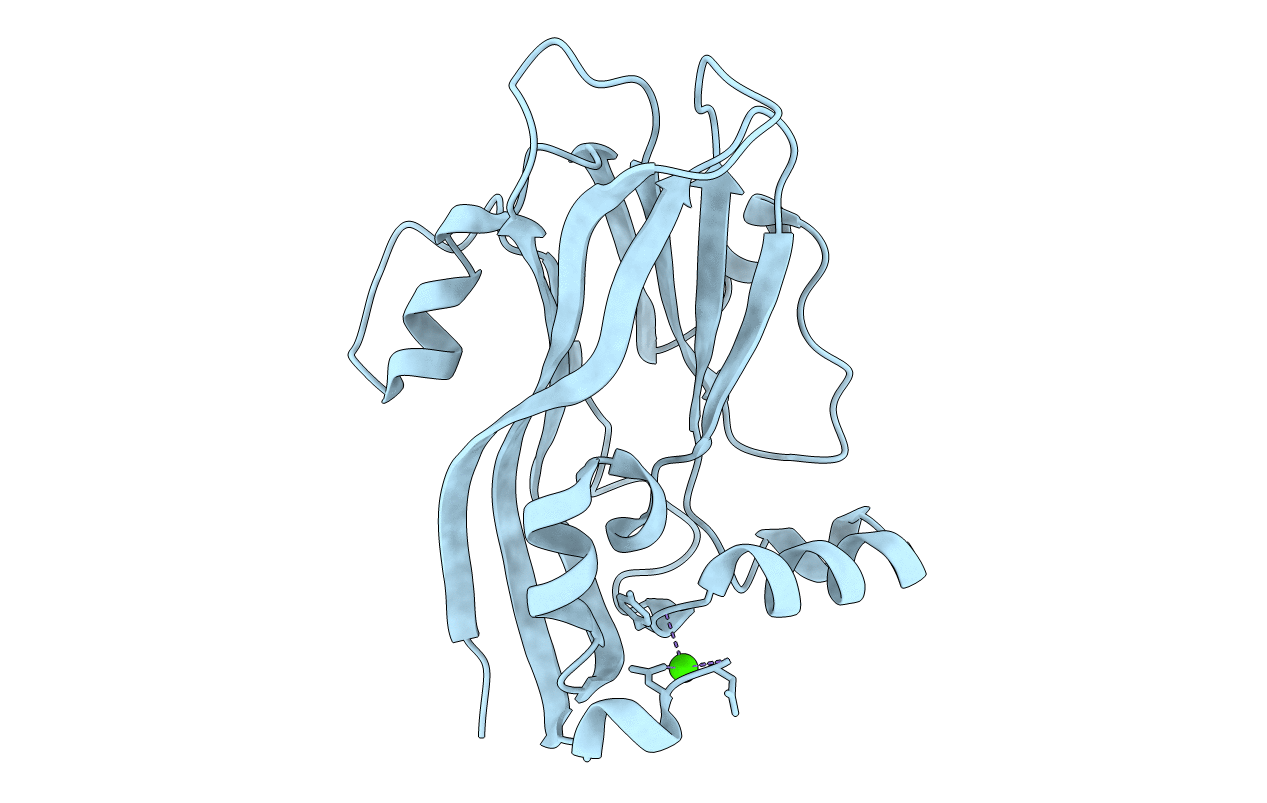
Deposition Date
2004-02-18
Release Date
2004-11-23
Last Version Date
2023-12-27
Entry Detail
PDB ID:
1VAK
Keywords:
Title:
T=1 capsid structure of Sesbania mosaic virus coat protein deletion mutant CP-N(delta)65
Biological Source:
Source Organism:
Sesbania mosaic virus (Taxon ID: 12558)
Host Organism:
Method Details:
Experimental Method:
Resolution:
3.05 Å
R-Value Free:
0.21
R-Value Work:
0.21
R-Value Observed:
0.21
Space Group:
P 1 21 1


